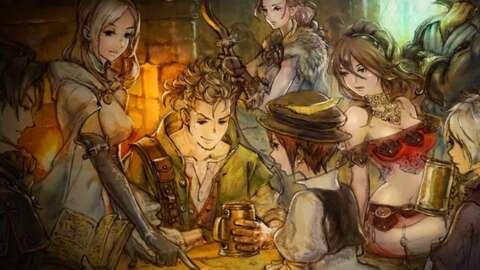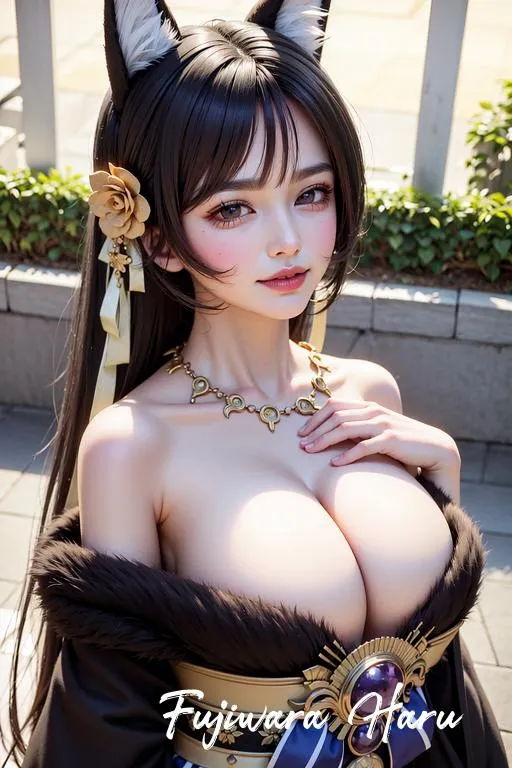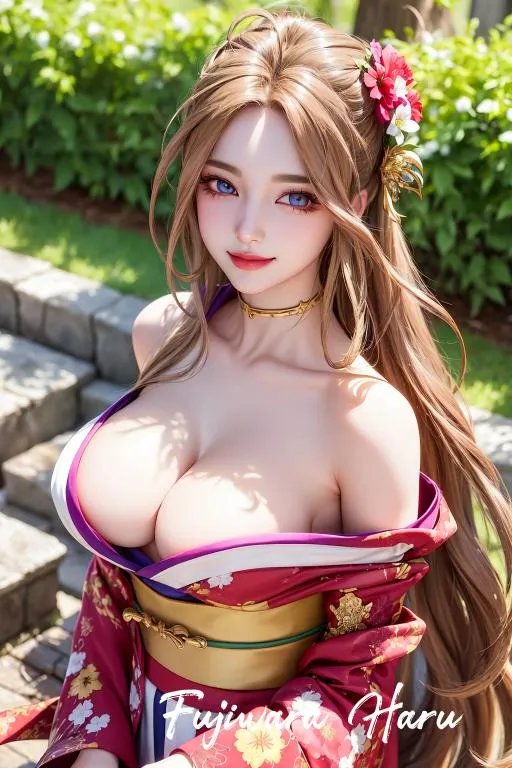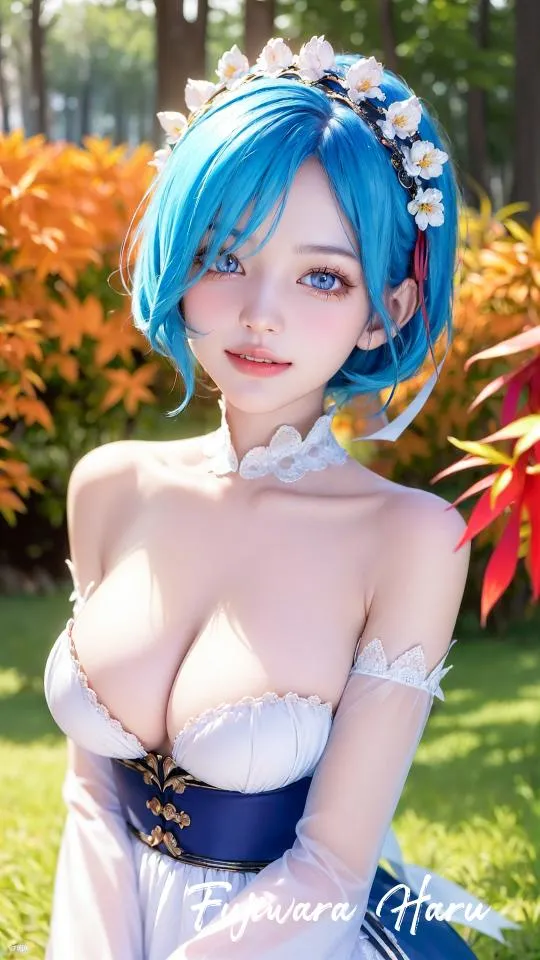Spider-Man: Across the Spider-Verse defied expectations and not only built upon the success of the first film, but built upon it with a bigger story, more worlds and better visuals. And while Spidey has some of the most iconic and varied villains in comic books, from Green Goblin to Doc Ock to Vulture and beyond, one of the film's biggest achievements is turning The Spot from a goofy C-list bad guy into a genuinely great character and a legitimate threat to Miles Morales.
But just as the Jason Schwartzman-voiced character goes through an evolution on screen, The Spot also evolved behind the scenes during production of Across the Spider-Verse, as his look and powers changed.
"The Spot portals initially looked more like the collider beam from the first movie," visual effects supervisor Mike Lasker told IGN. "He used to have sort of rainbow colors and swirls to them." This idea would have further connected Spot to the collider that gave him his powers in Into the Spider-Verse, but by also making him look intrinsically connected to it, it would have taken some of the agency away from The Spot's arc, rather than having him find his power in himself as in the final film.
Indeed, that is the crux of The Spot's arc, because in a way he is as important and big a part of the story as Miles himself – a dark reflection of Miles' own arc of self-acceptance and embracing his role as Spider-Man. Spot's story also reflects the look of the character, as he starts out as a literal blank page, a white onesie that is actually just his skin, unable to even communicate or emote.
Except that wasn't always the case. As head of character animation Alan Hawkins explained to IGN, Spot was initially able to be expressive thanks to the giant spot on his face. "His head would even shapeshift with it a little bit, he was very non-structural," Hawkins said. "But it was confusing and inconsistent with the rest of the spots on his body, and it left you wondering if that thing was a mouth or eyes or what. There's an elegance in the lack of change and emotion in his face."
Indeed, as Hawkins explained, the lack of any facial expressions isolated Spot and made the character simultaneously goofy and kind of pitiful, like he's trapped.
The key that unlocked The Spot's look was the paintings by Austrian expressionist artist Egon Schiele, which Hawkins said helped them capture the more isolated, pitiful character. "His self-portraits are kind of gnarly and mangled, and his poses seem very uncomfortable," he said. "So we matched drawings and paintings of him with Spot and it clicked; they made him seem like a real character who was uncomfortable in his own body, rather than a cartoon."
Indeed, the early scenes of Spot in Across the Spider-Verse show him as a guy who is ashamed of his condition, which has cost him his job and his social life. As Lasker described it, he is an empty vessel, his body meant to reflect the absence of rendering in a shot. "You have your beautiful shot and he's like it's been erased away, then built up from that,” he said. “He's the inverse of a shot."
To build Spot, the team would start with a plain white space, then blue linework for the basic structure of the character, and then linework curves that the animation team built into the rig (the basic character skeleton that animators manipulate to create movement). The VFX team would then replace those curves with animating lines that constantly redraw themselves. On top of those lines, you have ink wash for shadows and heavy white-out paint brushes for when he's in the light. He’s one of the most complex characters in the film, even without any spots, a character that looks like a first sketch or an unfinished drawing that is constantly remaking itself.
Once Spot starts gaining confidence and some control of his powers, his posture and body language change. The spots become less evenly spaced out and start collecting more around his torso like he's being infected by his powers. For Hawkins, the fun and the challenge here was figuring out the body language and performance for The Spot as he becomes more confident: "He's acting like if you're playing a game and you turn on a cheat code; he's more playful, and he's now messing around with the Spiders and mocking them."
As Spot gains more control of his powers, the spots that give him his name take center stage, becoming one of the more impressive parts of the film. To make them work, the animation team created a specific rig for the spots that allowed basic circles to be moved around and controlled based on the performance of the character. Then the VFX team would take those animated spots and replace them with ambient motion so no spot would just sit static, with realistic dripping ink that the artists could break up into different kinds of inks and spots that, as Lasker described, "are always moving, always alive."
Although Spot is able to go through his own portals, the portals don't really eat at him involuntarily, at least not in the final film. According to Lasker, an earlier version of the character had what they dubbed "the Swiss cheese effect," where — from the side — the spots would look like they're cutting out parts of Spot's arms or legs. "It ended up being kind of distracting and sort of a little weird," Lasker recalled.
Once Spot gets access to a super collider, he unlocks his final form, the spots now expanding beyond his body and floating around him as he is in full control of both his body and the space around him. After spending more than half the movie as basically a goofy villain, he becomes a scary multiversal threat. Now that he has all the power, he doesn't move at all – he just stands there, in contrast to his constant movement from earlier.
"In early tests, he was very animalistic and kind of monstrous," Hawkins said of this version of the character. "He wasn't a person anymore. Having him stand there, in so much control he doesn't need to do much, was really important." Indeed, this is not a villain who mutates and becomes a kaiju-style monster, but a guy whose simple confidence in himself and taste for vengeance makes him scarier than any giant monster. Now he finally has what he wanted: Miles' attention.
"What was really important was that Spot still looked related to that original design," Lasker said. "The final version is everything cracked up to 1000, but we didn't want him to look like a completely different character." The answer then was to establish each component of Spot – the linework, the white paint, the ink, the brushstrokes, the spots – all from the very beginning, and make sure those could be cranked up in the back end when needed.
"We made sure that everything you see you can pick apart and say, 'Oh yeah, I remember that,'" Lasker explained. "'But that was a really small little effect then and now it's just crazy.'"
Spider-Man: Across the Spider-Verse is available on digital platforms now.




